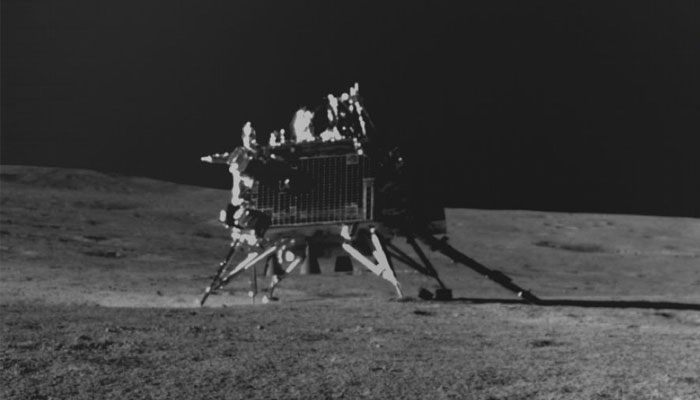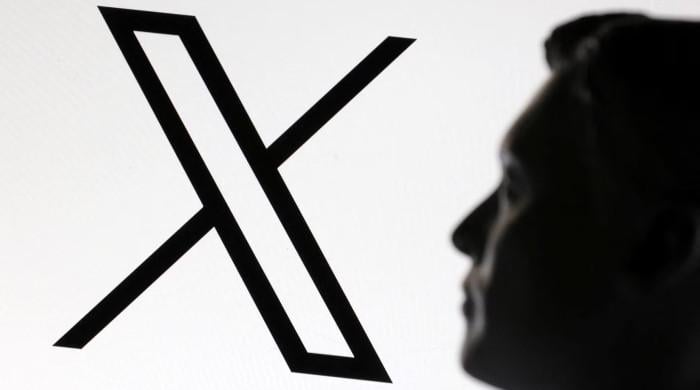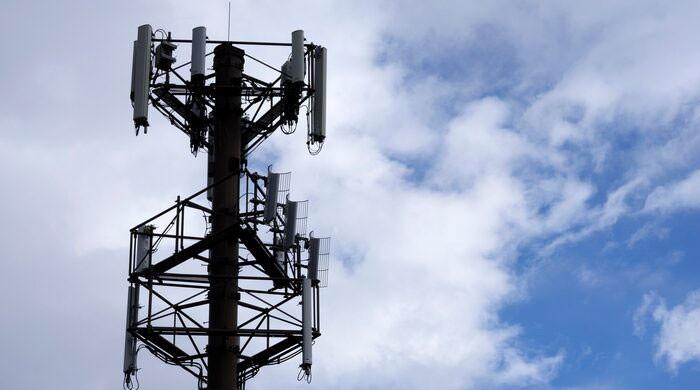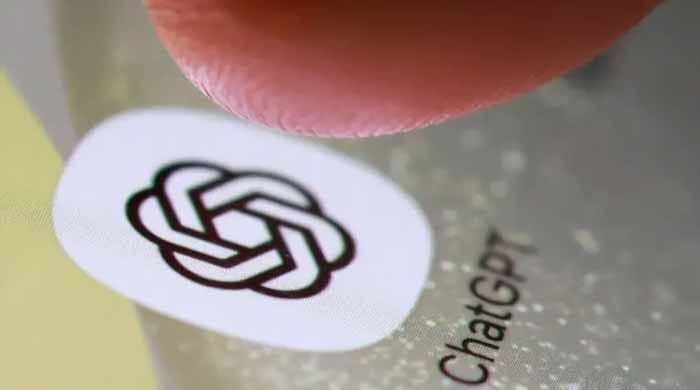Chinese space expert believes India's Chandrayaan-3 did not land on lunar south pole
Chinese scientist claims Chandrayaan-3 landing site was "nowhere close" to the lunar south pole
September 29, 2023

- Chandrayaan-3's location on earth would be within Antarctic Circle.
- ISRO awaits to establish contact with Chandrayaan-3 a week later.
- US and China planning to send astronauts to the lunar south pole.
Tensions between India and China have spilled over into space exploration following the former's recent achievement of a significant milestone with the successful landing of the Chandrayaan-3 on the moon's southern pole, surpassing Beijing's previous record.
However, a prominent Chinese scientist has disputed the landing site's location, asserting that it is not actually situated in the southern pole region or anywhere near it.
The Chandrayaan-3 landing location, at 69 degrees south latitude, is far from the pole, which is defined as being between 88.5 and 90 degrees, Ouyang Ziyuan, who is credited with founding China's lunar exploration programme told the Chinese publication Science Times.
On Earth, 69 degrees south would be within the Antarctic Circle, but the lunar version of the circle is much closer to the pole. The Chandrayaan-3 was 619 kilometres (385 miles) distant from the polar region, Ouyang said.
After the successful landing of Chandrayaan-3, Pang Zhihao, a Beijing-based senior space expert, said that China had much better technology, Bloomberg reported.
“China’s space program has been capable of sending orbiters and landers directly into earth-moon transfer orbit since the launch of Chang’e-2 in 2010, a manoeuvre that India has yet to deliver given the limited capacity of its launch vehicles. The engine that China used is also far more advanced," Zhihao said.
Still, India's Chandrayaan-3 went much farther south than any other spacecraft, according to Mint.
The Indian space agency, ISRO, is now waiting to establish contact with the Vikram lander and Pragyan rover on Chandrayaan-3 after the rover went into sleep mode a week ago.
Till the next moon sunset, which is scheduled for October 6, the Indian space agency will keep trying to revive the Chandrayaan-3 lander and rover.
Chang'e 4, a Chinese spacecraft, made the first landing on the far side of the moon in 2019 at a latitude of 45 degrees south. In 1968, Surveyor 7, an unmanned Nasa spacecraft, landed on the moon in a position of roughly 41 degrees south.
Moreover, both the US and China are looking to the region in preparation for their forthcoming ambitions to send astronauts to the moon for the first time since Nasa's Apollo programme came to an end 50 years ago.











